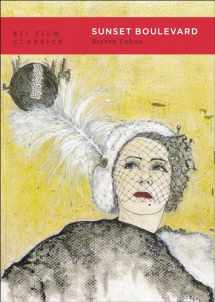
Sunset Boulevard (BFI Film Classics)
Book details
Summary
Description
Billy Wilder's Sunset Boulevard was a critical and commercial success on its release in 1950 and remains a classic of film noir and one of the best-known Hollywood films about Hollywood. Both its opening, with William Holden as the screenwriter Joe Gillis floating facedown in ageing star Norma Desmond's (Gloria Swanson) pool, and lines such as 'I am big, it's the pictures that got small' are some of the most memorable in Classical Hollywood cinema.
Steven Cohan's study of the film draws on original archival research to shed new light on the film's production history, and the contribution to the film's success and meanings of director Wilder, stars Holden and Swanson but also supporting actors Erich von Stroheim, Nancy Olson (who plays Betty Schaefer), Cecil B. DeMille, and Hedda Hopper, as well as costumier Edith Head, and composer Franz Waxman. Cohan considers the film both as a 'backstudio' picture (a movie about Hollywood) and as a film noir, and in the context of McCarthyism, blacklisting and the Hollywood Ten.
Cohan explores how the film was marketed, its reception and afterlife, tracing how the film is at once a product of its own particular historical moment as the movie industry was transitioning out of the studio era, yet one that still speaks powerfully to contemporary audiences, and speculates on the reasons for its enduring appeal.


We would LOVE it if you could help us and other readers by reviewing the book
Book review



